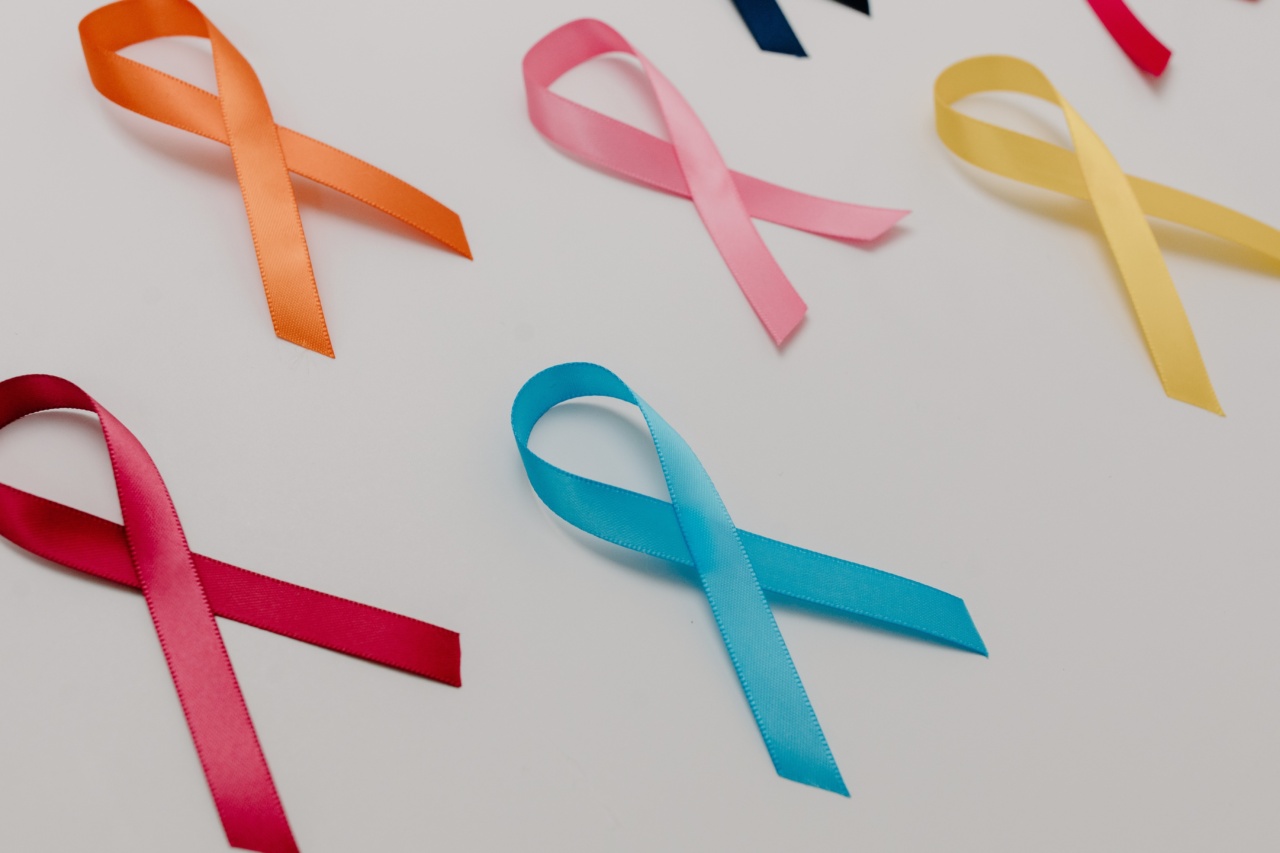Kidney and bladder cancer are types of cancer that affect the organs responsible for filtering and storing urine in the body. These types of cancer have become increasingly risky in recent years due to various factors.
In this article, we will explore the reasons behind the increased risk of kidney and bladder cancer and discuss preventive measures.
1. Environmental Factors
One of the primary contributors to the increased risk of kidney and bladder cancer is exposure to environmental factors.
Industrial pollution, chemicals, and toxins present in the air, water, and soil can significantly impact the health of individuals and increase their susceptibility to these types of cancer. Harmful substances like asbestos, benzene, and arsenic have been linked to an elevated risk of kidney and bladder cancer.
2. Smoking
Smoking is a well-known risk factor for various types of cancer including kidney and bladder cancer.
The harmful chemicals in tobacco smoke enter the bloodstream, affect the kidneys’ filtration process, and increase the likelihood of abnormal cell growth. Additionally, smoking can also lead to chronic inflammation, impair the immune system, and further contribute to the development of cancerous cells.
3. Obesity
Obesity has emerged as a significant risk factor for kidney and bladder cancer. Excessive body fat can lead to hormonal imbalances and chronic inflammation, which can promote the growth of cancer cells.
Moreover, obesity is often associated with other conditions like high blood pressure and diabetes, which further increase the risk of developing kidney and bladder cancer.
4. Genetic Factors
Some individuals may be genetically predisposed to developing kidney and bladder cancer. Inherited gene mutations, such as those found in certain hereditary kidney cancer syndromes, can increase the risk of developing cancer in the kidneys.
Similarly, certain genetic alterations can make individuals more susceptible to bladder cancer.
5. Occupational Hazards
Occupational hazards can also significantly contribute to the increased risk of kidney and bladder cancer.
Individuals working in industries related to chemicals, dyes, rubber, leather, and textiles are often exposed to carcinogens, which can damage the kidney and bladder cells over time. It is crucial for individuals working in such environments to take necessary precautions and follow safety guidelines to minimize their risk.
6. Age and Gender
As with many types of cancer, the risk of developing kidney and bladder cancer increases with age. The risk is particularly high for individuals aged 60 and above. Additionally, men are at a higher risk of developing bladder cancer than women.
However, the risk of kidney cancer is similar in both genders.
7. Chronic Kidney Disease
Chronic kidney disease (CKD) is a condition that affects the kidneys’ ability to function properly and filter waste products from the blood. Individuals with CKD have an increased risk of developing kidney cancer.
The exact reasons behind this association are still being studied, but it is believed that the continuous damage to the kidneys and inflammation play a role in the development of cancer.
8. Radiation Exposure
Radiation therapy, particularly when administered to treat other types of cancer, can increase the risk of developing kidney and bladder cancer.
While the benefits of radiation therapy in cancer treatment outweigh the risks, patients who undergo radiation treatment should be aware of the potential long-term effects and follow up regularly with their healthcare providers.
9. Poor Diet
A poor diet lacking in essential nutrients, fruits, and vegetables can contribute to the increased risk of various types of cancer, including kidney and bladder cancer.
Diets high in processed foods, unhealthy fats, and low in fiber can disrupt the body’s natural defense mechanisms and promote the growth of cancer cells. It is important to maintain a balanced diet to reduce the risk of developing these cancers.
10. Lack of Physical Activity
Sedentary lifestyles and a lack of physical activity have been linked to an increased risk of kidney and bladder cancer.
Regular exercise helps maintain a healthy weight, boosts the immune system, and reduces inflammation, all of which are essential in lowering the risk of developing cancer. Engaging in moderate-intensity activities such as brisk walking, jogging, or swimming for at least 30 minutes a day can be beneficial.
Conclusion
Kidney and bladder cancer have become riskier than before due to various factors such as environmental pollutants, smoking, obesity, genetic predisposition, occupational hazards, age, gender, chronic kidney disease, radiation exposure, poor diet, and lack of physical activity. Understanding these risk factors is crucial in adopting preventive measures and making lifestyle changes that can significantly reduce the chances of developing these cancers.































